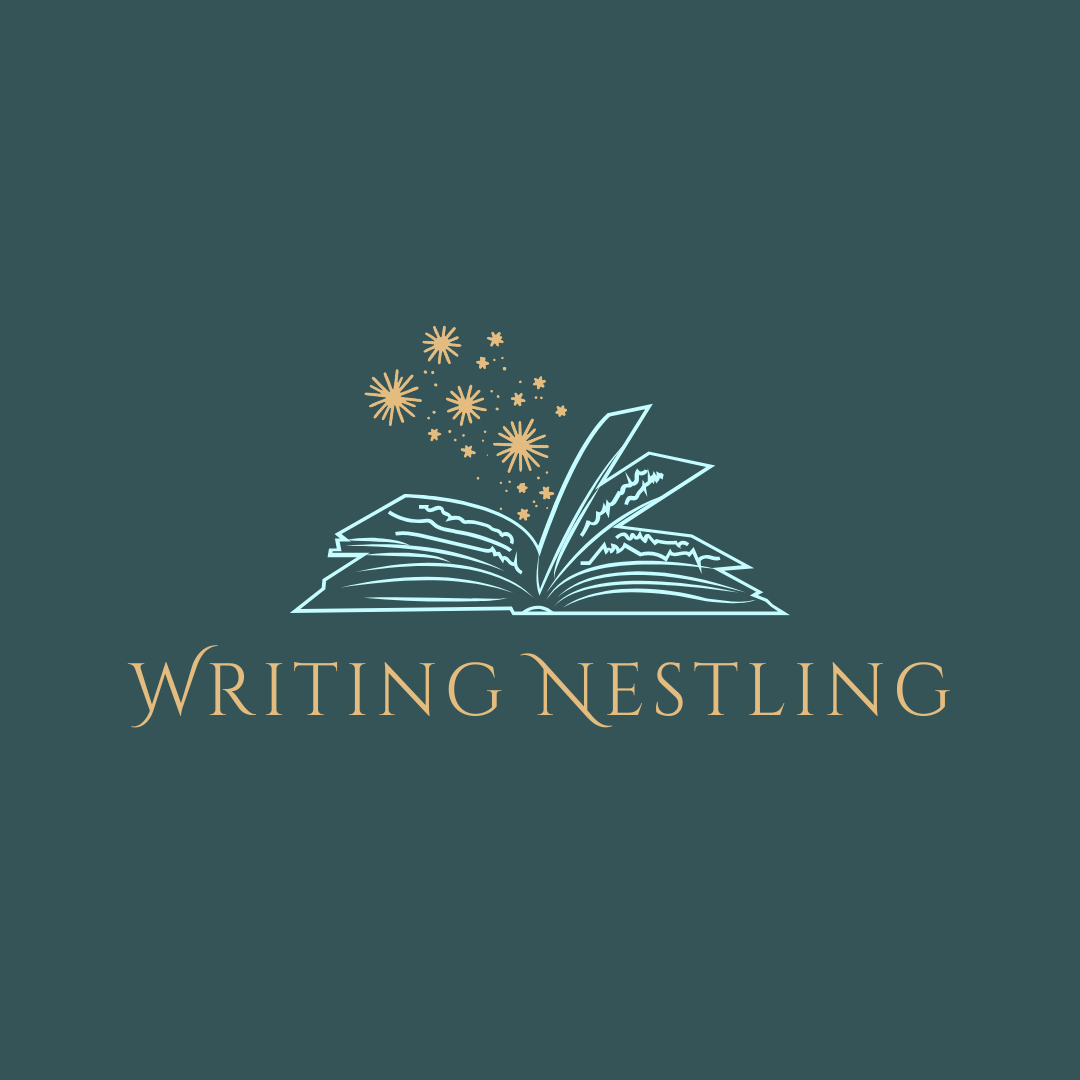How to Write a Book Report (A Guide For Beginners -2024)
How to Write a Book Report
Introduction
Although writing a book report may seem like a daunting task, it can be an educational and rewarding experience if done correctly. This course will guide you through every step of the book report writing process, from choosing the ideal book to presenting your findings. Whether you are a student or a book lover, writing well about books will increase your reading comprehension and appreciation.
What is a book report?
A written summary and analysis of a book is called a book report. Its purpose is to provide a summary of the book’s content and to share the author’s analysis and perspective. The purpose of a book report is to provide an overview of the book’s main ideas, characters, themes, and setting, unlike a book review which is primarily concerned with the author’s point of view.
Importance of book reports
Book reports are an important part of school education. They facilitate the development of analytical and critical thinking skills by encouraging readers to interact closely with the text. Book reports also increase comprehension and retention, as writing a book report requires an in-depth examination of the book’s content.
Types of book reports
Book reports come in a variety of forms, each with a different emphasis:
Provides a brief summary of the main ideas of the book.
Analysis: Take a closer look at specific components such as places, themes or people.
Comparative: Evaluate the book in light of other works in the same genre or by the same author.
Thematic: Focuses on main ideas and ways to find them in the book.

Choose the appropriate book
Choosing the right book is very important to create an interesting report. Consider the book’s skill level and your interests. Choose a book that both interests and challenges you. If possible, choose a book that fits the needs of the assignment or your individual learning goals.
Identifies book content
To create a successful book report, you must understand the main ideas of the book:
Topic: Sequence of events and their meanings.
Characters: Development of main and supporting characters.
Setting: The time period and place in which the story is told.
The author’s main ideas or conclusions are called themes.
Reading Techniques for a Book Report
The process of writing a book report can be made easier by using effective reading techniques:
Take notes: Take notes about important ideas, passages, and emotions as you read.
Highlight important points: Mark important parts with a highlighter.
Chapter Summaries: Write short summaries after each chapter for story and character development.
How do you submit your book report?
A well-organized book report is easy to read and understand. It should generally include:
Title page: Book title, author, date and your name.
In the introduction, give a brief summary of the book and your thesis.
Body: A comprehensive overview of the story, characters, themes, and setting.
Conclusion: A summary of your findings and final comments.
Write a title page
The content of the report is described on the cover page. Include your name, author’s name, submission date, and book title. This helps set the stage and gives your work a polished look.
Write an introduction
The purpose of the introduction is to draw the reader to the topic and give them some background information about the book. Start with a hook, a thought-provoking question, or an interesting fact. This should be followed by a brief summary of the book, and your thesis statement should appear at the end, summarizing the main ideas you will cover in your report.
A plot summary
When rewriting the plot, focus on key events and their meaning. Avoid giving spoilers or giving too little information. Present events in chronological order for continuity and clarity.
Character testing
Analyzing characters involves looking at both the main and supporting cast. Discuss their interactions, their development, and their role in the narrative. Identify the remarkable changes they experienced and the factors that caused them.

Talking about motifs and themes
Identify the main motifs and themes of the book. Explain their creation and how they relate to the narrative. Use examples from the text to strengthen your analysis.
Environmental assessment
The setting of the book greatly influences the characters and plot. Describe the time, place and cultural background. Discuss how each of these components affects the plot as a whole.
Introspection and personal opinion
Your book review will be more in-depth if you include your personal opinion. Let us know what you think of the book, what you liked and what you didn’t like. In this section, you should be sincere and express your true feelings.
Comparative book reports
Comparative study of a book means to compare it with other books. They may be works of the same genre, or they may be works written by the same author. Point out similarities and contrasts between the two, then talk about how they help you understand the book better.
Critical review of the book
A critical review analyzes the strengths and weaknesses of a book. Discuss the author’s writing style, plot effectiveness, character development, and overall impact of the work. Give specific examples to support your arguments.
Use of quotations and illustrations
Text quotes and examples can help strengthen your analysis. Be sure to include these quotes appropriately in your report and discuss their relevance.
Write the final draft
The purpose of the conclusion should be to restate your thesis and summarize the key findings of your research. Finally, share your thoughts about the book and its overall impact. This section should close and leave a lasting impression on the reader.

Proofreading and editing
Thoroughly edit and proofread your book report before submitting it. Check for clarity, consistency and grammatical errors. Consider asking your teachers or classmates for feedback to improve your report.
Tips for submitting a book report
If your book report must be presented, consider using visual aids such as slideshows or posters. Practice your presentation to make sure you capture your audience’s attention and convey your ideas appropriately.
Common mistakes to avoid
Avoid common mistakes such as over-inclusion, plagiarism, and insufficient analysis. Make sure your report is unique, provides a fair summary and analysis, and includes your own observations.
Frequently Asked Questions About How to Write a Book Report
When should I write a book report?
A book report can be any length, but is usually between 500 and 1500 words. Pay attention to the special instructions your instructor gives you.
How are book reviews different from book reports?
While a book review focuses more on the author’s evaluation of the book and the topic, a book report provides a summary and analysis of its content.
How do I create an engaging book report?
When you finish your argument, include your personal opinion, a catchy opening, and references and examples. Make sure your report is well organized and clearly presented.
Does my book report contain spoilers?
It is important to avoid existing spoilers, especially when the report is aimed at readers who have already read the book. Focus on retelling the story rather than revealing big surprises.
How to include citations in a book report?
Provide references using standard citation format (MLA, APA, etc.). Make sure the formatting is correct and includes the page number.
Can I prepare my book report using abstracts found online?
Online summaries are helpful, but you should read the book yourself to get an accurate and unique review.
Conclusion
A useful exercise to improve your understanding and appreciation of literature is to write a book report. By paying close attention to detail, you can create a book report that demonstrates your analytical and critical thinking skills. Always choose a book that interests you, take detailed notes, and provide a fair review.
Thank you for your writing and reading!






